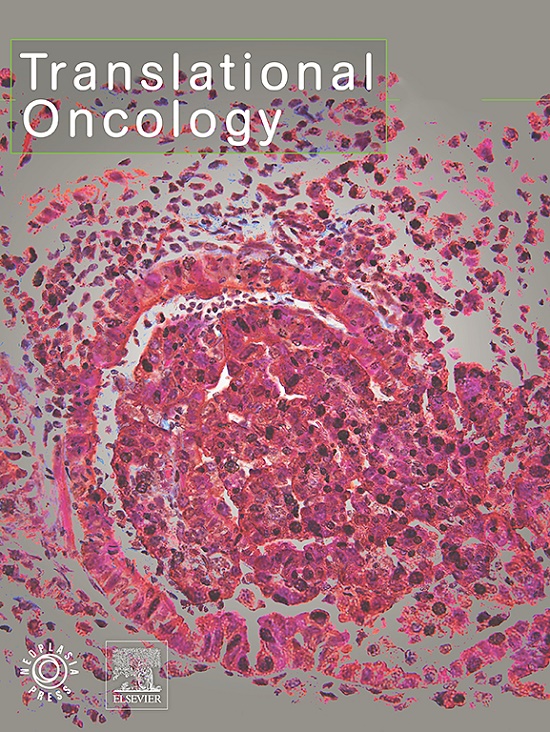Discovering the Potential Role of the C2 DUSP2+ MCs Subgroup in Lung Adenocarcinoma
IF 5
2区 医学
Q2 Medicine
引用次数: 0
Abstract
Objective
In both industrialized and developing nations worldwide, lung adenocarcinoma is one of the deadliest malignant tumors and the primary cause of cancer-related deaths. Its cellular heterogeneity is unclear to the fullest extent, although in recent years, its prevalence in younger individuals has increased. Therefore, it is urgent to deepen the understanding of lung adenocarcinoma and explore new therapeutic methods.
Methods
CytoTRACE, Monocle, SCENIC, and enrichment analysis were used to analyze the single cell RNA data, we characterized the biological characteristics of mast cells (MCs) in lung adenocarcinoma patient samples. CellChat was used to analyze and validate the interaction between MCs and tumor cells in lung adenocarcinoma. Prognostic models were used to evaluate and predict the development trend and outcome of a patient's disease, such as the survival time of cancer patients. The python package SCENIC was used to evaluate the enrichment of transcription factors and the activity of regulators in lung adenocarcinoma cell subgroups. CCK-8 assay could validate the activity of a specific cell subgroup sequenced in single cell sequencing to confirm the role of this cell subgroup in tumor proliferation.
Results
Our analysis identified seven major cell types, further grouping MCs within them and identifying four distinct subgroups, including MCs with high DUSP2 expression, which showed some tumor-related characteristics. In addition, we identified the key signaling receptor EGFR and validated it through in vitro knockdown experiments, demonstrating its role in promoting cancer. In addition, we established an independent prognostic indicator, the DUSP2+ MCs risk score, which showed an association between groups with high risk scores and poor outcomes.
Conclusion
These findings shed light on the complex interactions in the lung adenocarcinoma tumor microenvironment and suggest that targeting specific MCs subgroups, particularly through the EGFR signaling pathway, may provide new therapeutic strategies.

求助全文
约1分钟内获得全文
求助全文
来源期刊

Translational Oncology
ONCOLOGY-
CiteScore
8.40
自引率
2.00%
发文量
314
审稿时长
54 days
期刊介绍:
Translational Oncology publishes the results of novel research investigations which bridge the laboratory and clinical settings including risk assessment, cellular and molecular characterization, prevention, detection, diagnosis and treatment of human cancers with the overall goal of improving the clinical care of oncology patients. Translational Oncology will publish laboratory studies of novel therapeutic interventions as well as clinical trials which evaluate new treatment paradigms for cancer. Peer reviewed manuscript types include Original Reports, Reviews and Editorials.
 求助内容:
求助内容: 应助结果提醒方式:
应助结果提醒方式:


